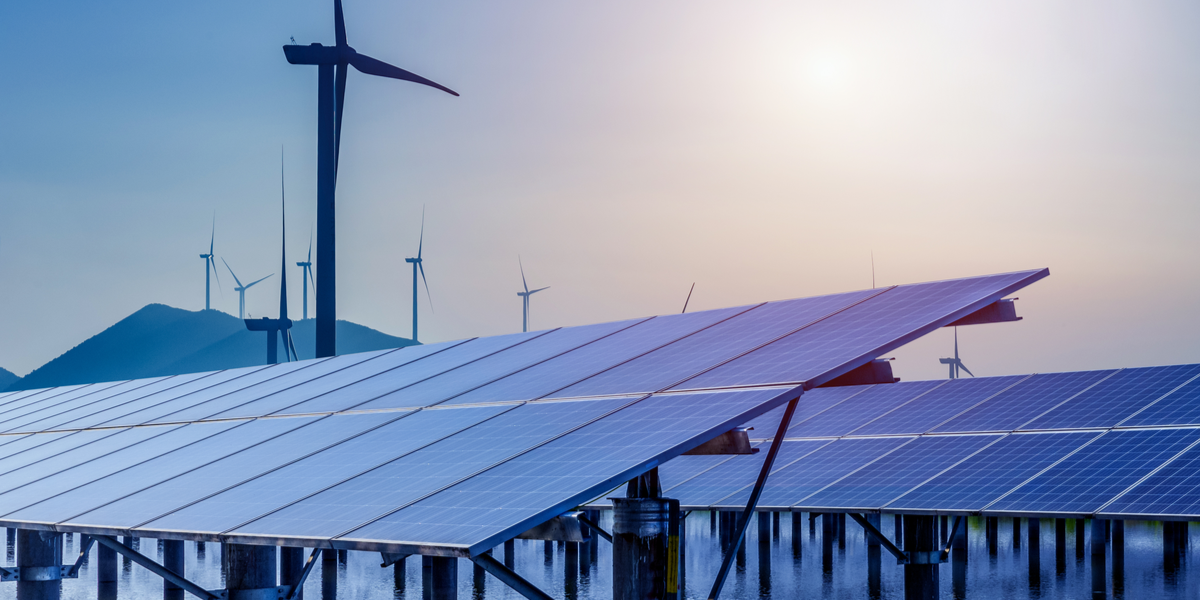Energy Efficiency: The Extreme-Weather-Resilient Resource
Let's Save Energy
Alliance to Save Energy's Blog
Energy Efficiency: The Extreme-Weather-Resilient Resource

This blog was originally posted on nrdc.org. Written by David B. Goldstein, with photo credit.
When the next polar vortex hits, or the next heat wave strikes (both of which happened in the same week this month), how do you make sure the electric grid stays up and running? What is the most reliable resource? What energy resource produces more during extreme weather than it does during normal weather?
The answer is energy efficiency, aka smarter energy use, aka energy optimization.
It sure isn’t coal or gas: recent data show larger than usual outages of power plants generating electricity from these resources during the cold snap this month. It isn’t nuclear. Frozen water intakes can shut down plants, as happened in New England this winter, and the absence of sufficient cooling water restricts output during heat waves.
But energy efficiency is the key resilient resource that produces more the more we need it: the more extreme the weather, the larger the savings from efficiency.
Basic engineering
This favorable attribute is apparent from basic engineering: tight construction and good insulation reduce heat transfer from buildings. The rate of heat transfer, from your warm, energy efficient home to the outside in winter and from the hot outside to your cool home in summer, is more or less proportional to temperature difference.
That means that if it is colder than normal outside and the temperature difference between inside and outside is larger, it takes more energy to keep your home comfortable. But that also means having a well-insulated home is most valuable precisely at these times: you’re saving energy at a time when you would otherwise be consuming much more energy -- and your energy savings are larger.
This isn’t just some calculated or predicted effect, either. It is also visible at scale on the electric system.
For example, in the 1980s we worked with our utility partner Pacific Power and Light to implement a community-wide program to insulate and weatherize homes in Hood River, Oregon. Home energy-saving retrofits were performed on over 85 percent of all the homes in the community in just three years. The efficiency upgrades included ceiling insulation, storm windows, caulking, door weather-stripping, and outlet gaskets. Following the program, a cold spell hit the region on Thanksgiving Day. The utility found that the strain on its system was far less in Hood River than elsewhere: the energy savings were larger during the cold snap than they had ever been at any other time.
Remember: Supply side power resources generally do worse at more extreme temperatures: power plants shut down or operate under restricted output. But efficiency doesn’t merely continue to work, it works even better.
This improvement extends even to the very worst conditions: total loss of power (or fuel) supply. An efficient home will stay comfortable longer, and can stay habitable indefinitely, where its less efficient twin becomes uncomfortable or unsafe.
Energy-saving upgrades everyone can make
Building energy codes for new construction and major renovations help increase the efficiency of our homes and businesses. Recent building energy codes such as the 2018 International Energy Conservation Code and the 2016 version of ASHRAE Standard 90.1 require higher levels of thermal protection.
You can make your home more energy efficient yourself: My colleague Lauren Urbanek explains how by looking at some simple, fast, and cheap actions you can take, along with more comprehensive approaches that may involve some do-it-yourself projects.
Or if you aren’t confident in your home repair skills and want to invest the money to have professionals do it right, as we tried in Hood River, you could start with a RESNET-certified energy audit that identifies physical upgrades you can undertake on your home. A RESNET audit will provide a list of upgrades and an estimate of their energy savings, in terms of their return on investment --and in terms of utility bill reductions, and pollution reductions. An energy rating after the work is complete will help improve resale value by documenting the newer, high level of efficiency (and comfort) for prospective buyers.
As resilience becomes more and more of an issue in adapting to climate change, it is comforting to know that we have a virtuous circle with efficient buildings: the same technologies that help mitigate climate change by reducing emissions of climate pollution also help us adapt to the changes that are already unavoidable, such as extremes of hot and cold weather. This is yet another reason why utilities and other energy program providers should step up their investments in energy efficiency, even when energy is cheap.
STAY EMPOWERED
Help the Alliance advocate for policies to use energy more efficiently – supporting job creation, reduced emissions, and lower costs. Contact your member of Congress.
Energy efficiency is smart, nonpartisan, and practical. So are we. Our strength comes from an unparalleled group of Alliance Associates working collaboratively under the Alliance umbrella to pave the way for energy efficiency gains.
The power of efficiency is in your hands. Supporting the Alliance means supporting a vision for using energy more productively to achieve economic growth, a cleaner environment, and greater energy security, affordability, and reliability.



